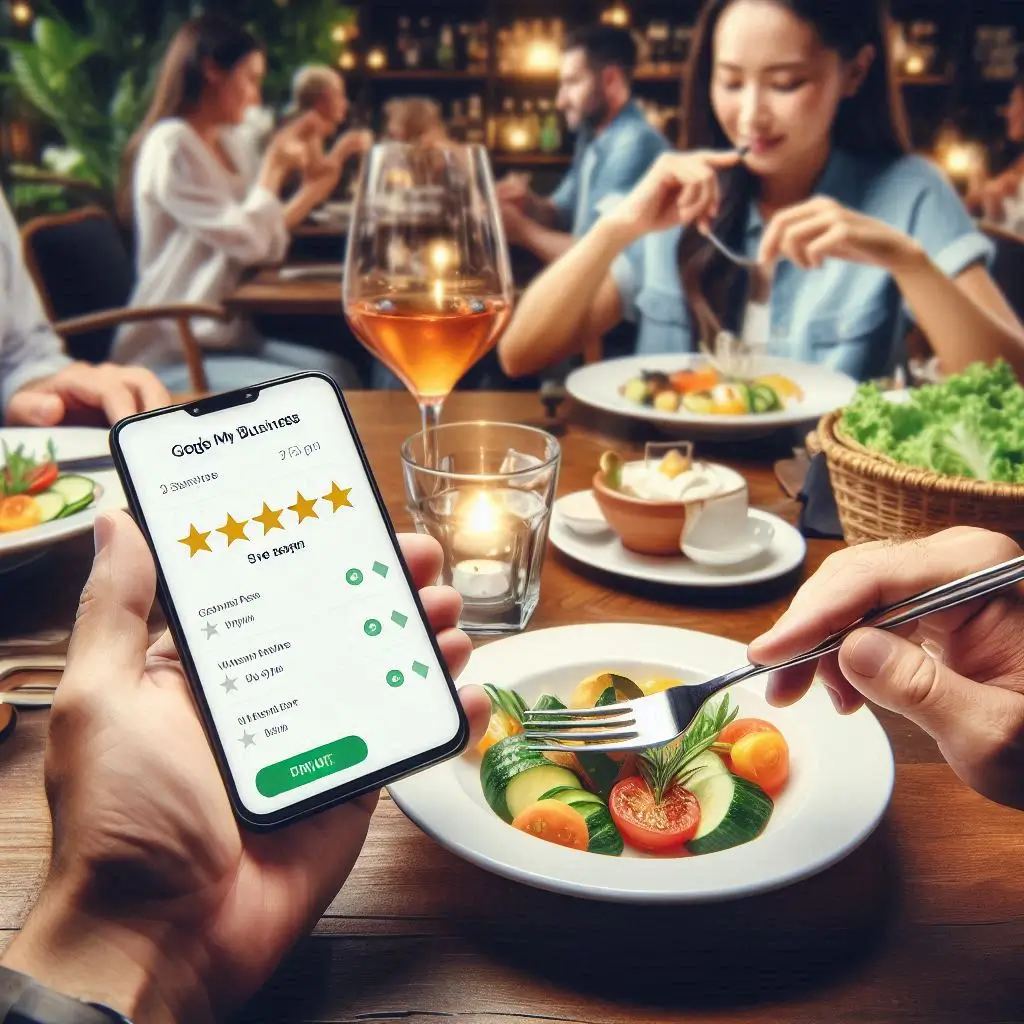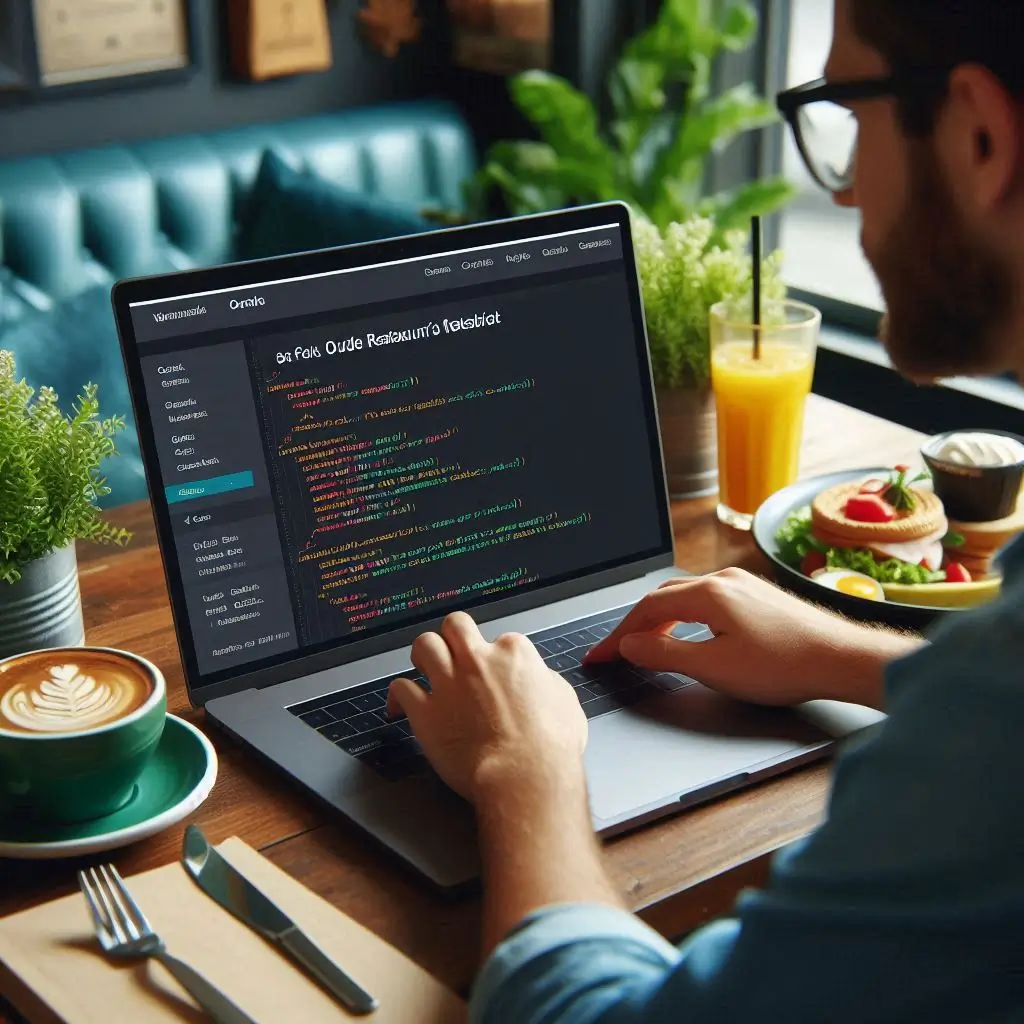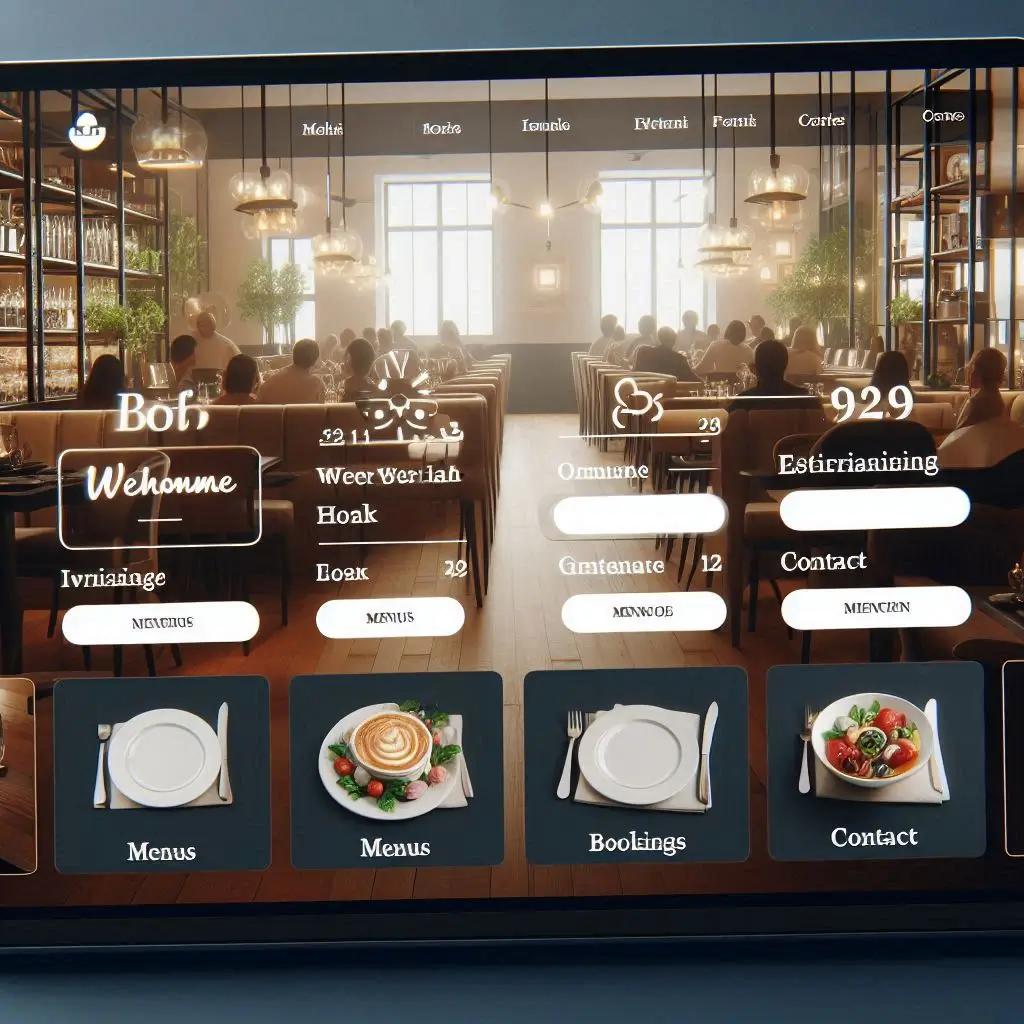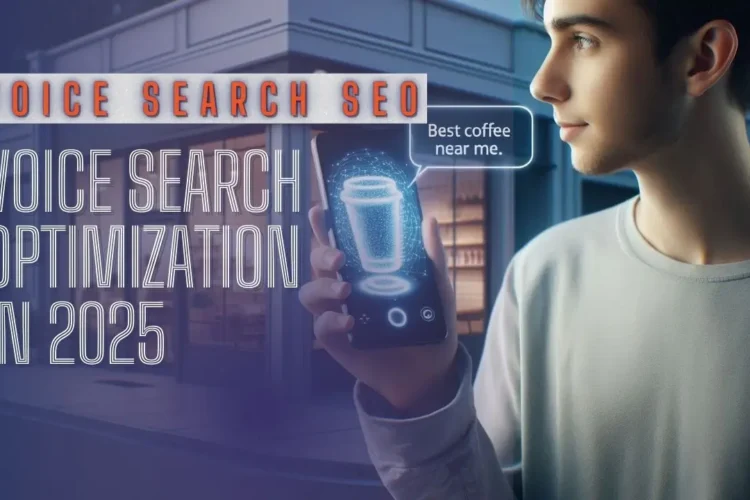
In today’s world, having a beautiful website for your restaurant is not enough to draw in customers. To succeed, you need to make sure diners can find your restaurant online, and this is where SEO for restaurant websites comes in. Whether it’s showing up in local searches like “best pizza place near me” or appearing in Google’s featured snippets, SEO ensures that your restaurant stands out in search engine results
Discover the power of local SEO to get your restaurant discovered by more diners! With a well-optimized website and the right strategies, you can drive foot traffic to your restaurant by improving your visibility online. Want to be the first restaurant diners see when searching for “best places to eat near me”? This guide will take you through everything you need to know about optimizing your restaurant website with SEO.
What Is SEO for Restaurant Websites?
Search Engine Optimization (SEO) refers to the strategies used to increase a website’s visibility on search engine result pages (SERPs). For restaurant websites, SEO means using specific techniques to make your website appear higher in search results when people are searching for food-related keywords in your area. SEO for restaurant websites includes various components such as local SEO, Google My Business restaurant optimization, and the use of restaurant SEO keywords.
1. Local SEO for Restaurants: A Must for Success
One of the key pillars of SEO for restaurants is local SEO for restaurants. Since most diners look for nearby restaurants when searching for where to eat, focusing on local search results is essential.

Importance of Local SEO for Restaurants
Local SEO helps your restaurant appear when people search for dining options in a specific area. For example, if someone types “best seafood restaurant in [your city]” into Google, local SEO for restaurants ensures that your website shows up in the top search results. This is essential for driving foot traffic and bookings from local customers.
To maximize your local SEO efforts:
- Ensure that your restaurant’s name, address, and phone number (NAP) are consistent across all online platforms.
- Focus on getting local backlinks from food bloggers, local business directories, or news outlets.
- Encourage satisfied customers to leave positive reviews, as these help your restaurant rank higher in local search results.
2. Google My Business Optimization for Restaurants
If you haven’t already, it’s time to claim and optimize your Google My Business listing. Google My Business restaurant optimization is one of the easiest and most impactful things you can do to improve your restaurant’s visibility in search results.

How Google My Business Helps with Restaurant SEO
Google My Business is a free tool that allows you to manage how your business appears in Google search results and on Google Maps. When optimized properly, your restaurant’s Google My Business profile can show up in the local “3-pack,” a highly visible section of Google’s search results.
Steps for Google My Business restaurant optimization:
- Claim your restaurant’s business profile on Google.
- Add accurate details such as your restaurant’s name, address, phone number, and business hours.
- Upload high-quality photos of your food, dining area, and staff.
- Regularly update your profile with new information, including promotions, events, or menu changes.
- Respond to customer reviews and questions—this engagement signals to Google that your business is active and trustworthy.
When diners search for restaurants in your area, a fully optimized Google My Business listing can ensure your restaurant gets noticed. Remember, this optimization can lead to more traffic and footfall, as many people use Google to discover nearby restaurants.
3. Restaurant SEO Keywords: How to Find and Use Them Effectively
Another essential part of SEO for restaurant websites is using the right restaurant SEO keywords. Keywords are the words and phrases people use to search for information on search engines. For example, “best sushi restaurant in [your city]” is a keyword.

How to Identify the Best Restaurant SEO Keywords
To start using restaurant SEO keywords effectively, you need to perform keyword research. This process helps you find out what terms people are searching for in your niche and location. Tools like Google Keyword Planner, SEMrush, and Ubersuggest can assist you in identifying keywords with good search volume and low competition.
Here are some examples of restaurant SEO keywords:
- “Best [cuisine] restaurant in [city]”
- “Family-friendly restaurants in [location]”
- “Healthy dining options near me”
- “Brunch spots in [neighborhood]”
Once you’ve identified relevant keywords, include them naturally throughout your website. Place them in the page titles, meta descriptions, headings, and throughout your content to improve your ranking potential. Remember not to overuse them—search engines may penalize keyword stuffing.
4. On-page SEO for Restaurant Websites
On-page SEO refers to the optimization of individual pages on your website to rank higher in search engines. For restaurant websites, this includes everything from how your website is structured to the quality of your content and metadata.

On-Page SEO Checklist for Restaurant Websites
Here are some key on-page SEO elements to optimize:
- Title Tags and Meta Descriptions: Ensure each page of your website has a unique title tag and meta description that includes your target restaurant SEO keywords.
- Headings: Use H1, H2, and H3 tags to structure your content. Make sure your keywords appear naturally in these headings.
- Internal Links: Link to other relevant pages on your site to guide visitors and help search engines index your content.
- Image Optimization: Use descriptive file names and add alt text to images. Compress images to improve loading speeds, which also helps with SEO.
The ultimate goal is to make your website user-friendly, as this also boosts SEO performance.
5. Off-Page SEO Strategies for Restaurants
While on-page SEO is about what happens on your website, off-page SEO refers to factors that occur off your site, such as backlinks and social media activity. These external signals tell search engines that your website is credible and worth ranking.

Building Backlinks for Restaurant Websites
Backlinks are links from other websites to yours, and they act as votes of confidence in your content. For restaurants, getting featured in local directories, food blogs, and industry websites can help boost your authority.
You can build backlinks by:
- Reaching out to local food bloggers or influencers for a feature.
- Submitting your restaurant’s details to local business directories.
- Hosting events or offering promotions that encourage people to mention your restaurant on their websites.
6. Mobile Optimization for Restaurant Websites
With more and more people using their phones to search for dining options, ensuring your website is mobile-friendly is critical. A mobile-optimized website offers a better user experience and ranks higher in mobile searches.

Mobile Optimization Strategies for Restaurant Websites
To optimize your restaurant website for mobile devices:
- Use a responsive website design that automatically adjusts to different screen sizes.
- Ensure buttons and links are easy to tap.
- Minimize loading times by compressing images and videos.
- Test your website regularly on different mobile devices to ensure a smooth experience.
Since diners often search for restaurants on the go, a mobile-friendly website is essential for driving conversions and bookings.
7. Visual SEO: Optimizing Menus and Photos
For restaurants, visual content is incredibly important. People want to see what kind of dishes you offer before deciding to visit. This makes optimizing your menus and photos for search engines a key SEO strategy.

Optimizing Visual Content for SEO
To optimize your visual content:
- Use high-quality images of your dishes, dining area, and events.
- Include descriptive alt text for all images to help search engines understand the content.
- For menus, make sure the text is readable by search engines (not just a PDF or image).
- Add location-based keywords to the alt tags and file names of your images to help with local SEO.
Optimizing your visual content not only improves user experience but also helps your restaurant rank higher in image search results.
8. Tracking and Measuring Your Restaurant SEO Success
Once you’ve implemented SEO strategies for your restaurant website, it’s essential to track their performance. This will help you understand what’s working and what needs improvement.

Tools to Measure Your Restaurant SEO Performance
Here are some tools to help you track your SEO progress:
- Google Analytics: Helps track website traffic and user behavior.
- Google Search Console: Monitors how your website is performing in Google search results.
- SEMrush or Ahrefs: Tracks your keyword rankings, backlinks, and SEO health.
By keeping an eye on these metrics, you can fine-tune your SEO efforts and continue to improve your website’s visibility.
Frequently Asked Questions (FAQ)
Q1: What’s the difference between SEO and local SEO for restaurants?
A: While SEO focuses on improving your website’s visibility across the web, local SEO for restaurants specifically targets local search results. This ensures that your restaurant shows up when potential customers are searching for nearby dining options.
Q2: How often should I update my Google My Business listing?
A: Regularly. It’s a good idea to update your Google My Business listing whenever your hours, menu, or contact details change. You can also use it to post about promotions or special events.
Q3: How can I choose the best restaurant SEO keywords?
A: Research your local competitors and use tools like Google Keyword Planner or SEMrush to find relevant keywords that have a high search volume but are not too competitive.
Comments (2)
Comments are closed.





How To Choose The Right Logistics Website Design Expert For Your Business In 2025 Moonlight Digital Services LLP
November 7, 2024[…] SEO Best Practices for Logistics Websites […]
SSL Certificates For Websites: Boost Security And Trust Online Moonlight Digital Services LLP
December 13, 2024[…] Improved SEO […]